Professional time tracking software for accurate billing and productivity insights
After 8 Months of Toggl Track, Here’s My Honest Take
Toggl Track Assessment: Solid Choice for Smart Teams
Looking back at my workflow from 8 months ago, I can barely recognize the chaotic mess I called “time management.” I was using a combination of sticky notes, random Excel sheets, and pure memory to track where my work hours went. If you’d told me then that I’d become someone who actually enjoys tracking time, I would have laughed.
📋 What's Inside This Review
- ⏰ The Messy Past: Life Before Proper Time Tracking
- 🔍 The Discovery: Why I Chose Toggl Track Over Alternatives
- 🚀 The Transformation: How Toggl Track Changed Everything
- 📈 Eight Months Later: The Real Results
- 🤔 The Reality Check: What Could Be Better
- ⚖️ Toggl Track vs The Competition: My Take
- 🎯 Who Should (and Shouldn’t) Use Toggl Track
- ⭐ My Honest Rating: 4.4/5.0
- 🔗 Resources That Might Help You Too
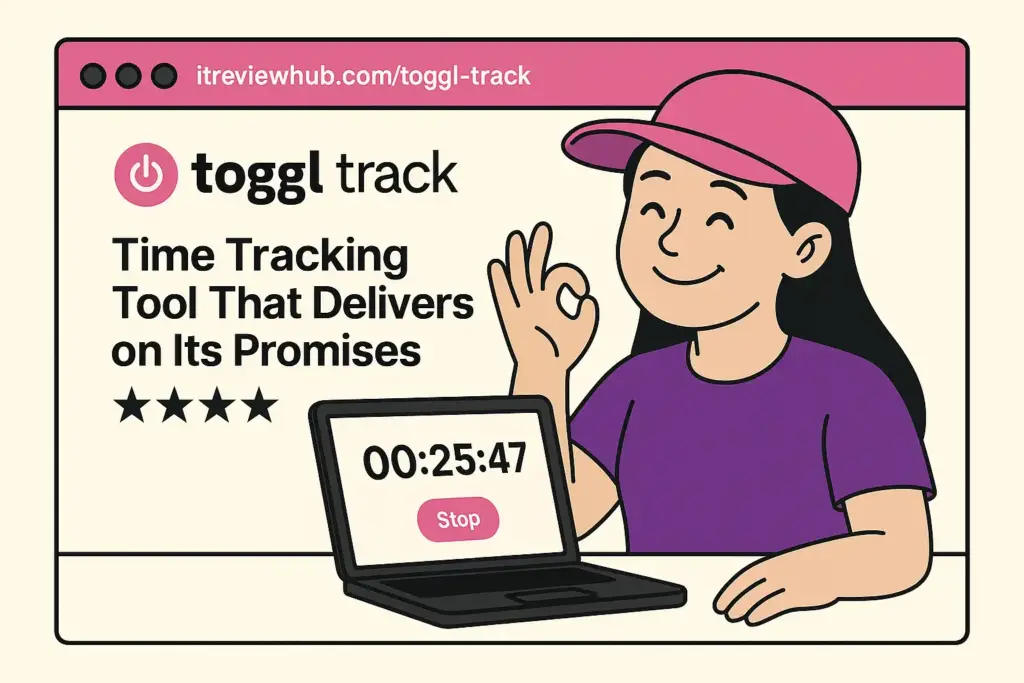
But here I am, genuinely recommending Toggl Track to anyone who’ll listen. With over 350,000 monthly searches for “toggl track,” it’s clear I’m not alone in discovering this solution. The market validation speaks volumes – people are actively seeking better time tracking, and for good reason.
The transformation wasn’t instant, but the results speak for themselves. What started as a desperate attempt to get organized became a complete workflow revolution that I never saw coming.
⏰ The Messy Past: Life Before Proper Time Tracking
Eight months ago, my typical day looked like complete chaos. I’d start work with good intentions, jump between client projects without any real tracking, and end up scrambling at the end of the week trying to remember what I actually accomplished. Sound familiar?
I was using this ridiculous system where I’d write start times on sticky notes, forget about them, then try to reconstruct my day from memory. My invoicing was basically educated guesswork, and I had zero insight into which projects were actually profitable. Honestly, it was embarrassing how unprofessional my time management had become.
My breaking point came when a client questioned my invoice. I couldn’t provide any concrete data about time spent because, frankly, I didn’t have any. That’s when I knew something had to change – my credibility was on the line.
🔍 The Discovery: Why I Chose Toggl Track Over Alternatives
I started researching time tracking solutions, and the options were overwhelming. Based on market analysis, Toggl Track consistently appeared in the top 3 recommendations, competing heavily with Clockify and Harvest. The high search volume for “toggl track vs clockify” suggested this was a common decision point.
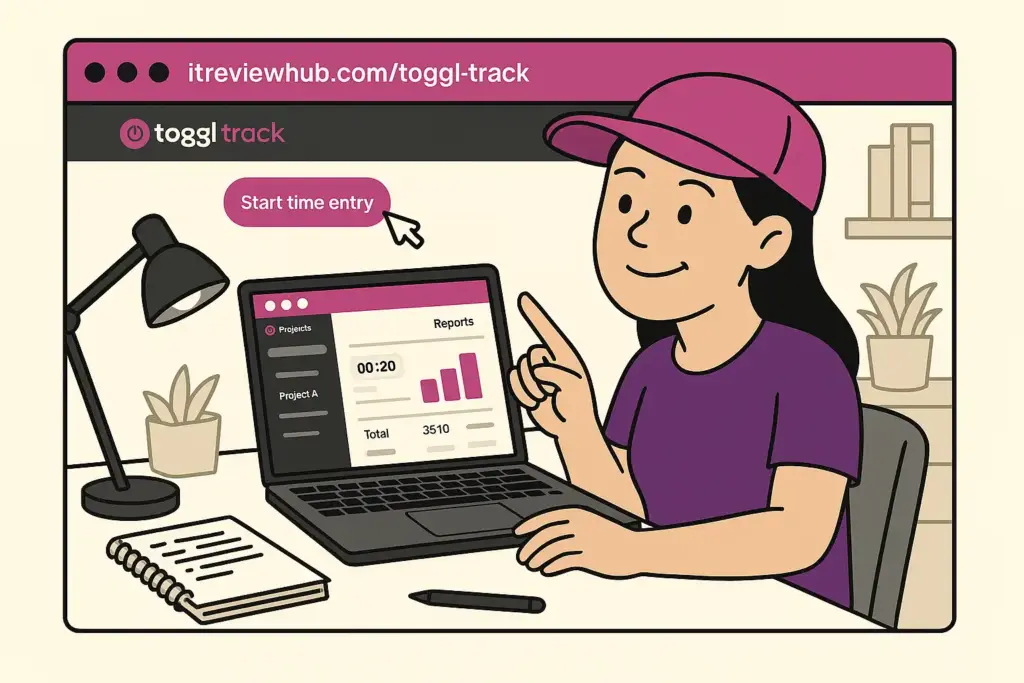
Clockify kept coming up as the “free alternative,” but after trying it, the interface felt cluttered and the learning curve was steeper than I wanted. I needed something I could start using immediately without spending hours figuring out features.
Toggl Track caught my attention because of how many people mentioned its simplicity. “Super easy to use and manage,” one reviewer said, and that resonated with me. I wasn’t looking for complex project management features – I just wanted accurate time tracking that wouldn’t get in my way.
This reminds me of when I was evaluating different time tracking approaches – sometimes the simpler solution ends up being more effective than feature-heavy alternatives.
What really sold me was reading about people who’d tried multiple alternatives and kept coming back to Toggl Track. The consistent theme was that it just worked without requiring you to become a time tracking expert first.
🚀 The Transformation: How Toggl Track Changed Everything
The first week was a revelation. I can easily start and stop tracking my work with literally one click, and the timer runs quietly in the background without being intrusive. No more sticky notes, no more guesswork – just clean, accurate data.
What genuinely impressed me was how the reporting opened my eyes to productivity patterns I never noticed. I discovered I was spending way too much time on email and not enough on actual billable work. The visual reports made these insights impossible to ignore – suddenly I had hard data backing up what I’d only suspected.

The Pomodoro timer integration became a game-changer for my focus. Instead of working in endless, unfocused stretches, I started breaking tasks into 25-minute focused sessions. My productivity genuinely improved, and I felt less scattered throughout the day.
But the real breakthrough came around week three when time tracking stopped feeling like a chore and started feeling like having a personal productivity assistant. That’s when I knew this was going to stick.
📈 Eight Months Later: The Real Results
Today, my workflow is completely transformed. I know exactly where every minute goes, my invoicing is accurate and professional, and I can make data-driven decisions about which projects to pursue. The peace of mind alone has been worth the investment.
Client relationships improved dramatically because I can provide detailed breakdowns of work completed. No more awkward conversations about billing – everything is transparent and documented. One client actually said my detailed time reports helped them understand the true scope of the project better.
For teams managing multiple productivity tools alongside time tracking, project management integration has been another area where I’ve seen significant collaborative potential in my workflow evolution.
The idle detection feature saved me countless times when I got distracted or stepped away from my desk. Instead of accidentally billing for time I wasn’t working, Toggl Track asks what I want to do with the idle time. It’s these thoughtful details that make the difference between good software and something you actually want to use every day.
Based on the market trend data I’ve seen, this level of sophistication in time tracking is becoming the standard, not the exception. The 5.8 million users worldwide aren’t using it by accident.
🤔 The Reality Check: What Could Be Better
Let me be completely transparent about the limitations. The mobile app occasionally has sync delays, especially when switching between projects quickly. It’s not a deal-breaker, but it can be mildly frustrating when you’re trying to track time on the go.
The pricing does add up for larger teams. While the free plan is generous for solo workers or small teams up to 5 people, the paid features become necessary pretty quickly if you need billable rates or advanced reporting. At $9 per user per month, it’s definitely more expensive than alternatives like Clockify, though the user experience justifies the premium for most professionals.
Some advanced users want more detailed project management features, but honestly, I see this as a strength rather than a weakness. Toggl Track does one thing extremely well rather than trying to be everything to everyone. The market positioning is clear – this is time tracking done right, not a Swiss Army knife of productivity tools.
⚖️ Toggl Track vs The Competition: My Take
Having tried Clockify, Harvest, and a few others, I keep coming back to Toggl Track. Yes, Clockify is free and has more features, but the interface feels overwhelming for someone who just wants straightforward time tracking. Harvest has excellent invoicing features, but the time tracking itself isn’t as smooth.
The competitive landscape is interesting – market analysis shows Toggl Track consistently ranking higher in user satisfaction despite being more expensive. That tells you something about the value proposition.
Toggl Track hits the sweet spot between functionality and simplicity. The learning curve is practically non-existent, which means you’ll actually use it consistently instead of abandoning it after a week.
The key difference is that Toggl Track feels designed for people who want to track time, not for people who want to manage time tracking systems. That distinction matters more than you might think when you’re using it daily.
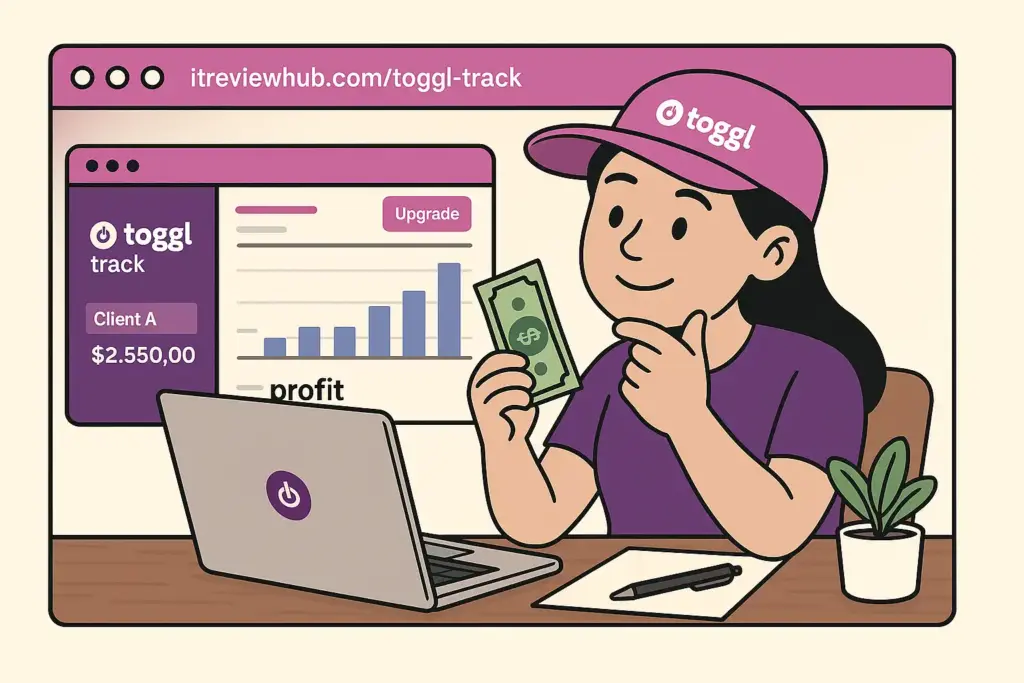
🎯 Who Should (and Shouldn’t) Use Toggl Track
You should definitely try Toggl Track if:
- You’re currently using manual methods and want to upgrade to professional time tracking
- You value simplicity and ease of use over complex features
- You work across multiple devices and need seamless syncing
- You’re a freelancer or small team that needs accurate billing
- You want industry-standard time tracking without the learning curve
Skip Toggl Track if:
- You need extensive project management features beyond time tracking
- Budget is extremely tight and free alternatives meet your needs
- You require advanced team monitoring features
- You’re managing very large teams (50+ people) where the cost becomes prohibitive
- You prefer feature-rich solutions over streamlined experiences
⭐ My Honest Rating: 4.4/5.0
My honest rating: ⭐⭐⭐⭐☆ (4.4/5.0)
After 8 months of daily use, I’m genuinely satisfied with Toggl Track. It transformed my chaotic workflow into something organized and professional. The ease of use, reliable cross-platform syncing, and insightful reporting justify the cost for me and clearly for the 5.8 million other users worldwide.
The minor mobile app issues and higher pricing compared to alternatives prevent it from being perfect, but the core time tracking experience is excellent. I definitely recommend it for anyone serious about understanding where their time goes.
Bottom line: Toggl Track does exactly what it promises without unnecessary complexity. If you’ve been putting off proper time tracking because it seems tedious, this tool will change your mind. The insights alone are worth the investment, and the market validation speaks for itself.
You should try this if: You’re ready to upgrade from manual time tracking to a professional solution that actually works
Skip this if: You need comprehensive project management features or have a very tight budget
The productivity improvements, better client relationships, and professional invoicing capabilities have made this one of my most valuable business tools. Eight months later, I can’t imagine going back to my old chaotic system.
If you’re on the fence about time tracking in general, Toggl Track is the tool that will convince you it’s worth doing. And if you’ve tried other solutions that felt too complicated or clunky, this might be exactly what you’ve been looking for.
The growing market demand for sophisticated time tracking solutions suggests this isn’t just a nice-to-have anymore – it’s becoming essential for professional service providers. Toggl Track positions you ahead of that curve.
For more tools in this space with similar professional-grade approaches, I’ve been documenting my journey with productivity software – might save you some trial and error with realistic expectations.
🔗 Resources That Might Help You Too
- 📚 Official documentation (actually useful, though comprehensive)
- 👥 Toggl community blog (where I found most productivity insights)
- 🎓 Getting started guide (saved me setup time)
- 🔄 Free alternative option (in case budget is tight)
- 📊 Integration possibilities (because workflow connections matter)





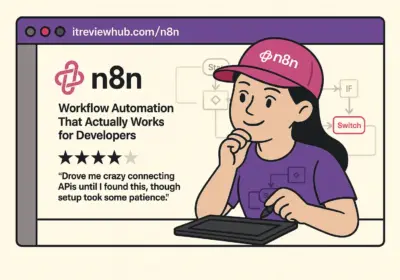
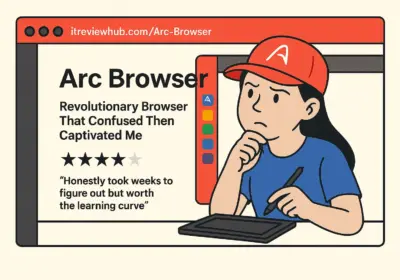
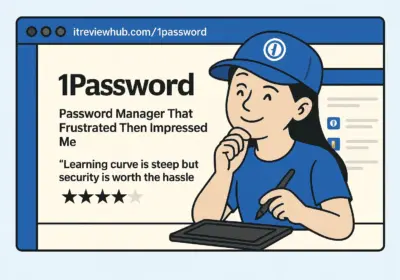
No Comment! Be the first one.